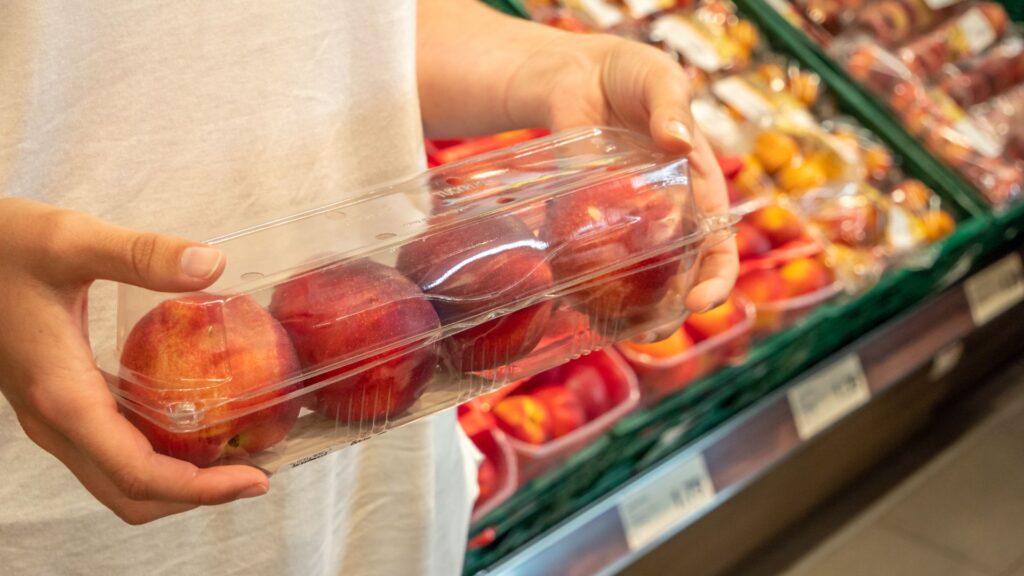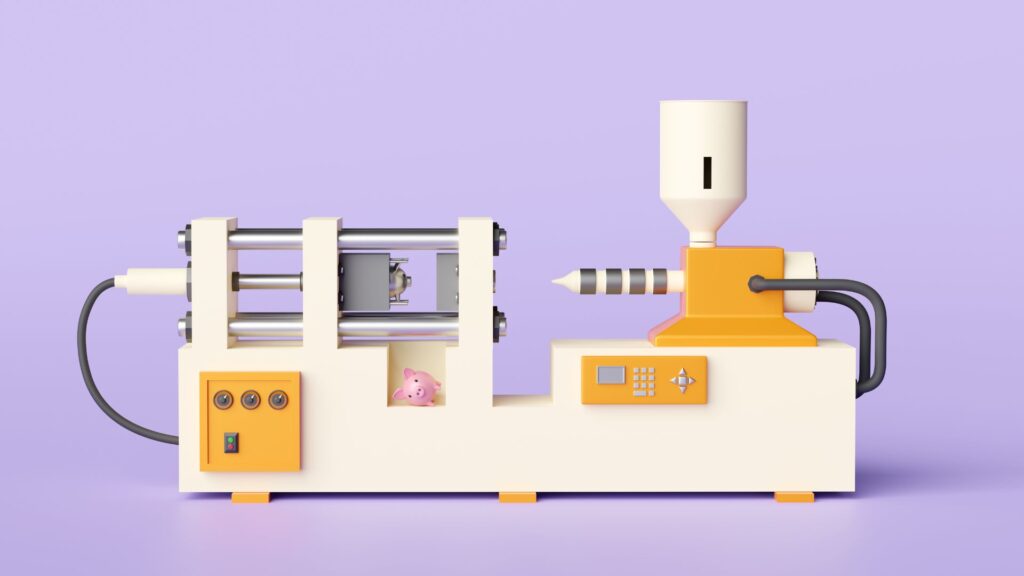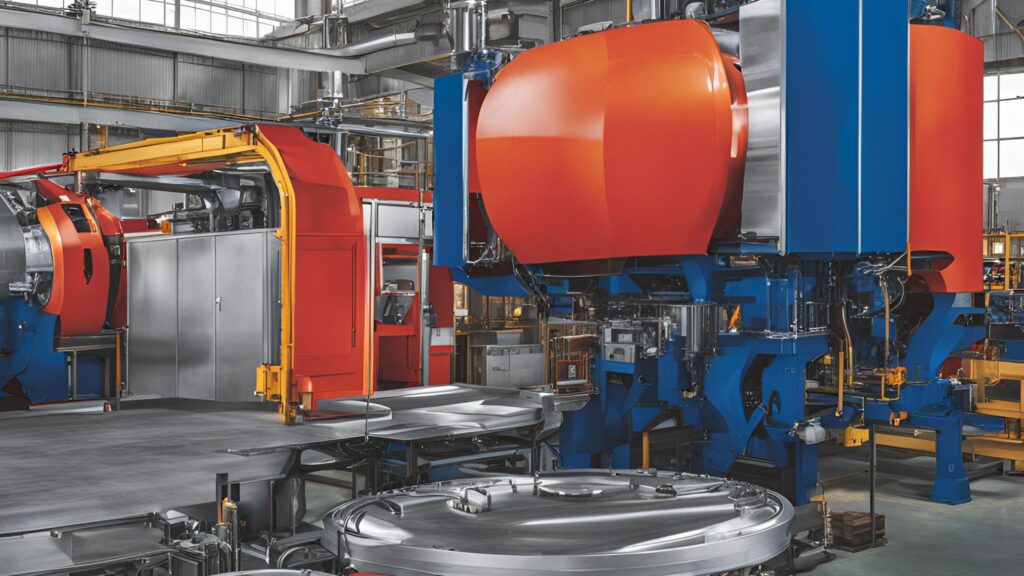In 2022, if one seeks out trends in the plastics world, then talk about “single use plastics” surely scores high. This trend began some years ago and kept building. Just the same, 2022 stands as a high water mark for this topic.
The impetus for all this talk? The push, exerted by the environmental movement, to reduce plastics waste around the globe. Their foremost objective? To find alternatives to “single use plastics.” Environmental activists urge a switch to (1) biodegradable plastics alternatives, (2) non-plastic options, or (3) plastics products designed for re-use or recycling, not the trash heap.
Possible remedies number many, and even the plastics distributors themselves meet the challenge with new offerings. Companies such as this one—Lone Star Chemical—market a range of solutions.
Our series on “Plastics: What Lies Ahead?” examines the changes wrought by the market’s increasing aversion to single-use plastic products.
We also share a roundup of eye-opening directions, departures, and developments in the world of plastics, polymers, resins, and their like.
But understanding the trend begins with understanding public sentiment.
Sizing Up Single Use Plastics
Early in 2022, Deloitte Global surveyed individuals in the Gen Z and the Millennial generations. Deloitte wanted to assess their concerns about the state of the world. Deloitte reports that this population sector worries about the cost of living, climate change, wealth inequality, geopolitical conflicts, and the COVID-19 pandemic. Further, this sector shows determination to drive positive societal change. However, they struggle with daily life challenges. Challenges such as financial anxiety, lack of work/life balance, and consistently high stress levels.
“This year’s report shows that many Gen Zs and Millennials… reassessed what matters most to them. This has led to a workplace reckoning. It empowered many to demand sustained changes, including… more action to address climate change,” said Michele Parmelee, Deloitte Global Deputy CEO and Chief People and Purpose Officer.
Generational Shift
Nine in 10 respondents currently make an effort to protect the environment—primarily focused on everyday actions. Such actions include using second-hand and recyclable items or sourcing local and organic food.
Few respondents believe that businesses and governments do enough to combat climate change. As a result, Gen Zs and Millennials advocate for greater action. They put pressure on their employers to invest in visible, everyday environmental actions.
Actions where the employee can find direct involvement. A ban on single-use plastics stood as the No. 1 recommendation. Next came sustainability-oriented benefits and training—ultimately empowering employees to make greener choices in their everyday lives.
For more information and to view the full results of Deloitte’s 2022 Gen Z and Millennial Survey, visit: www.deloitte.com/genzmillennialsurvey.
What’s SUP?
Recently, SeekingAlpha.com reported that Canada unveiled a ban on single use plastics (SUPs). The financial news site stated that Canada’s comprehensive plan to reduce them extends to specific products. These include most plastic bags, disposable cutlery, and plastic straws, as well as stir sticks, cups, and six-pack rings that hold cans together. Some exceptions exist for medical needs and accessibility reasons, or other recognized specific cases.
Businesses that heavily rely on the material need to come up with new solutions. For instance, the restaurant sector, where plastic takeout containers, cutlery, and bags comprise the norm. Many problems plague the global supply chains since the pandemic. So tracking down plastic alternatives and procuring them becomes a daunting task. Especially for industries where margins remain thin.
Other countries that put in place various bans on single-use plastics include Chile, the U.K., and the European Union. However, the United States ranks as the world’s leading contributor of plastic waste. The United States generates about 287 pounds of plastics per person annually. Some states like New York and California put in piecemeal efforts, but the most action taken at the federal level simply increased the U.S. recycling rate to 50 percent by 2030.

Single-Use Plastics Get Grounded?
Back in May, Hawaiian Airlines took the step of eliminating single-use plastics from cabins. In its Corporate Responsibility Report, the company cited its resolve to make the changeover by 2029.
Hawai’i’s hometown airline also reaffirmed its focus on sustainable tourism last fall. They provided tips on how Hawaiian’s guests can safely enjoy the islands while respecting communities, culture, and environment.
“We remain engaged with grassroots, industry, and political leaders,” said Hawaiian Airlines President and CEO Peter Ingram in the Corporate Report. The airline seeks to “shape a greener, more beneficial and equitable tourism economy.”
3M and Single Use Plastics
“Every day, 3M’ers around the world… unlock the next phase of what’s possible. And they explore the latest trends in science and technology,” says Kevin Gilboe, head of 3M Design, International.
Among the key Futures findings:

Fashion Finds Sustainability

Single Use Plastics and Hospitality

Single-Use Gets Doubly Emphasized
For Every Door That’s Closed…
Single Use Plastics Draw Focus
Sustainability and Single Use Plastics
Toward the Future
While some mega trends propel growth, others challenge the status quo. Diversified industry majors continue scouting for measures to strategically enable the shift of focus. They seek higher margins and sustainable and less-cyclical businesses.



